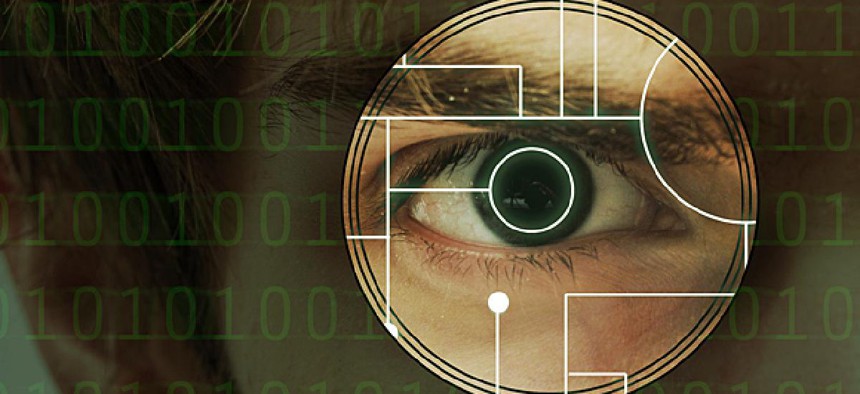FBI gives police free tool to convert photos for facial recognition

Thinkstock
Bureau tries to enlarge its biometric database by making it cheaper for local authorities to submit and search suspects’ faces.
Within weeks, police nationwide should be able to obtain free software for matching photos of unidentified suspects against the FBI’s biometric database of 12 million mug shots, according to an Office of the Director of National Intelligence agency.
The FBI and Homeland Security Department are experimenting with facial recognition to determine the real names of illegal immigrants, identify persons of interest in candid photos, and fulfill other law enforcement responsibilities. To make that happen, however, law enforcement agencies at every level of government must share images with compatible technology that they can afford, former FBI officials say.
So, the bureau is offering agencies some of the equipment at no cost.
“Later this summer the FBI will deploy the Universal Face Workstation software, a free-of-charge client application that will provide users with the tools for conducting and managing facial/photo searches with a minimal resource investment,” Kshemendra Paul, program manager for the Information Sharing Environment within the Office of the Director of National Intelligence, wrote in his annual report to Congress.
The document notes the FBI database under development, the $1 billion Next-Generation Identification system, recently began testing facial recognition on images of alleged perpetrators uploaded by several state agencies. Currently, only governments with operational facial recognition technology can participate in the trial.
Those states now have access “to a national gallery of more than 12 million legally collected mug-shot photos to be searched in aid of investigations,” Paul wrote. Facial searches could one day be faster and more accurate than police lineups, advocates say.
This is not the first time the bureau has offered free biometric software to law enforcement partners.
“We provided universal latent workstations for palm prints,” Thomas E. Bush III, who helped develop NGI's system requirements while assistant director of the FBI’s criminal justice information services division between 2005 and 2009, said earlier this summer. “And we’ll probably do the same thing for face and iris.”
The existing workstation software codes images in a standard format so that authorities can cross-check their photos against pictures in any biometric ID system “from around the neighborhood and around the state to around the nation,” note the software download Web page.
The application accepts scanned images, photos from digital cameras or pictures saved as digital files. The tool then translates each copy into a new file that can be matched against images in NGI, or deposited there for others to search.
Authorized users only need a computer and email connection to the FBI’s database, according to the product specifications.
NEXT STORY: The Limits of Civic Crowdsourcing






